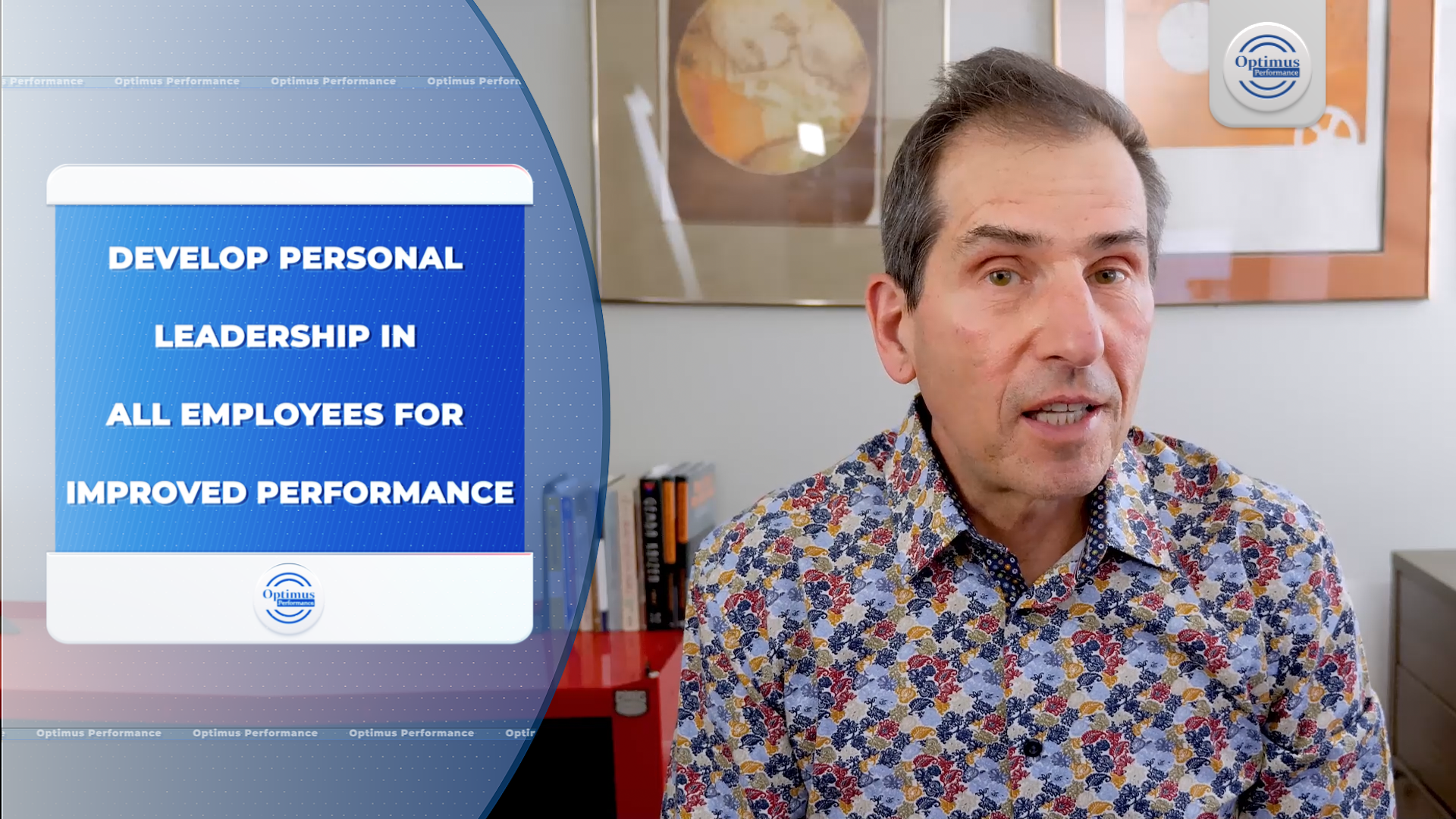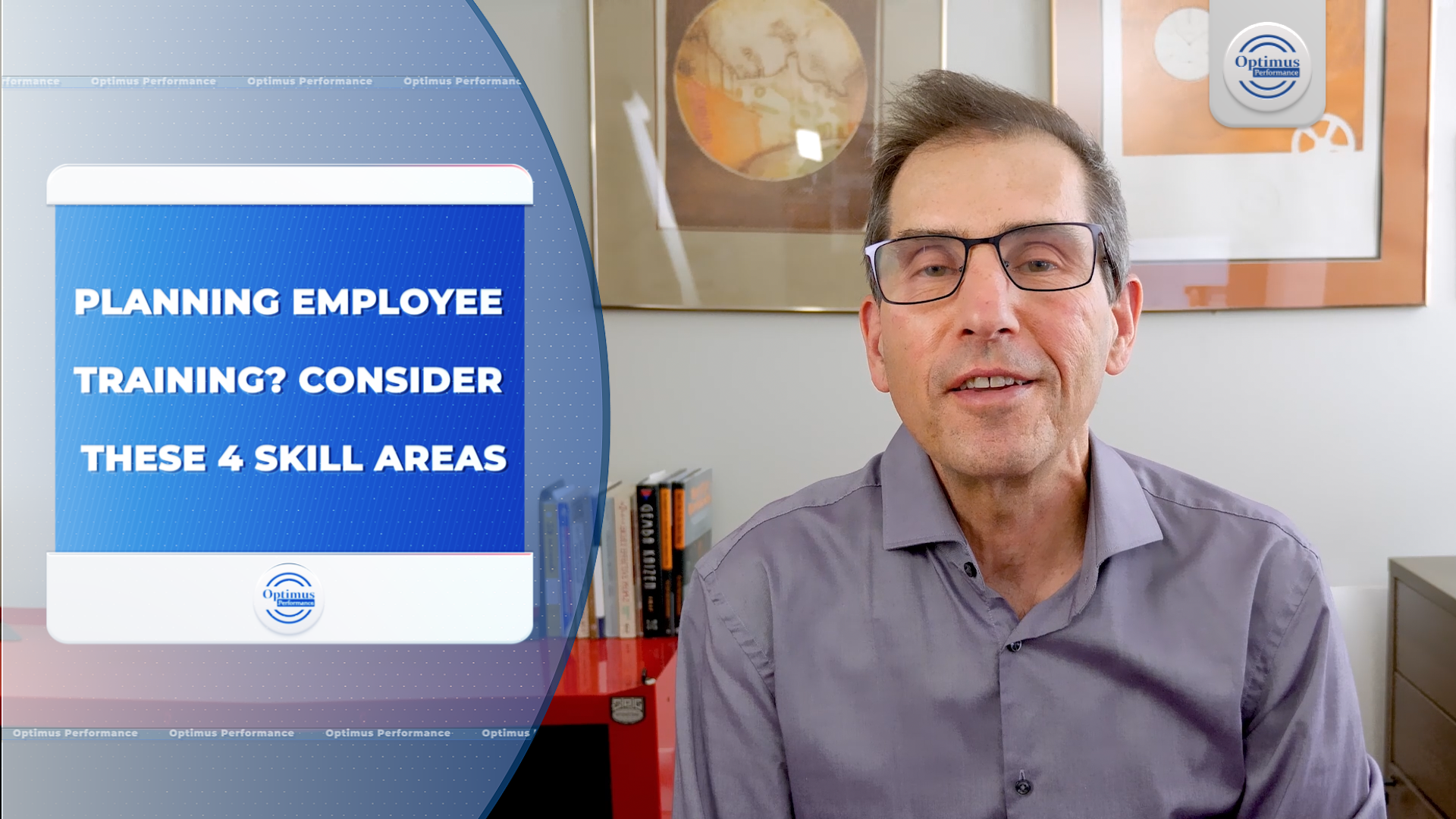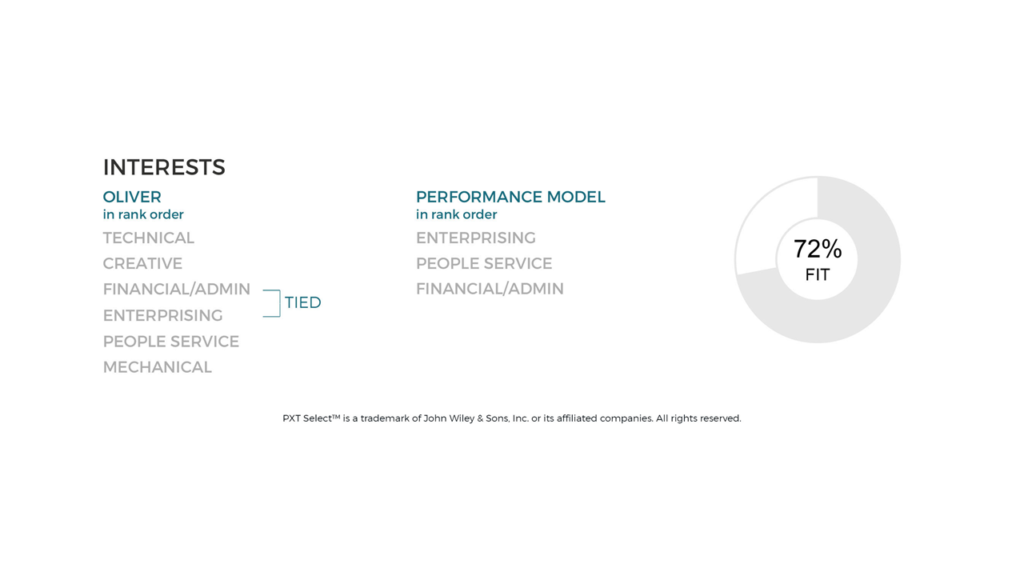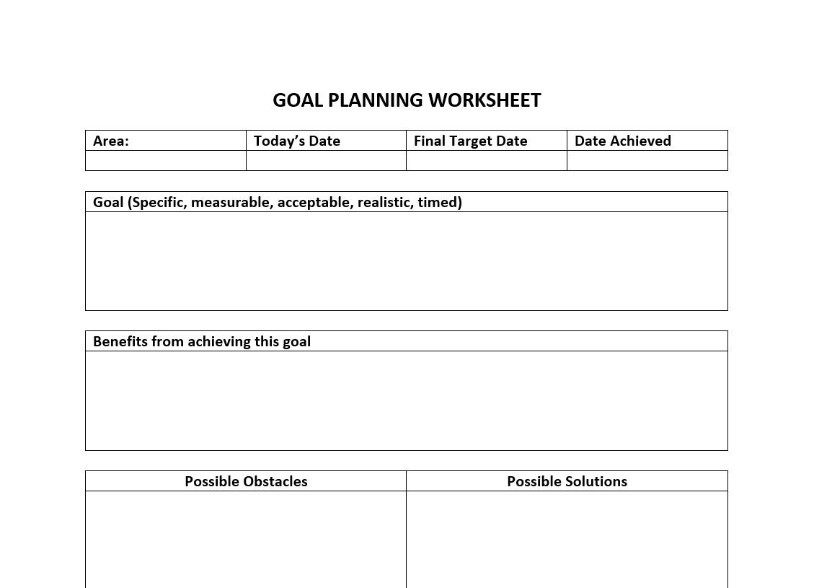Everyone can develop personal leadership skills even if they are not assuming a leadership/management role in the company. When people develop personal leadership, they become more effective in all the dimensions of life, and this translates into increased performance and productivity at work as well.
My first training in leadership was a personal leadership development training that featured learning material combined with weekly coaching. This lasted for three months with additional follow-up sessions. This training increased my awareness of first developing personal leadership before becoming effective at managing others. It also inspired me to want all my employees to learn these skills and to eventually become a trainer/coach myself.
Some of the personal leadership skills I am referring to are:
Responsibility
This is a life skill everyone needs to learn to fully develop their potential. We need to learn that whatever we are experiencing is a result of choices we have made. If we don’t like where we are at in our lives, we need to come to terms with what we chose to get there.
Attitude
We can choose to be negative or positive. Of course, some people tend to have a more negative outlook on life and other more positive. But we can all choose to work on seeing the brighter side of things.
Appreciation
Appreciating what we have now makes the journey of life more pleasurable as we are able to relax into the moment and feel good with ourselves. Joy and contentment come from inside and if we can learn how to deepen that connection to inner fulfillment, we will be happier.
Planning
Planning prevents poor performance is an old expression and is very true. Planning is a skill that can improve over time.
Organization
When we take the time to plan, we can organize ourselves better and then execute our actions more productively.
Goal setting
This ties in well with planning as taking our plans and turning them into goals sharpens the blade of effectiveness.
Compassion
When we develop our ability to know ourselves and accept our strengths and weaknesses, we can develop compassion for others and is an important leadership skill.
Communication
People who develop personal leadership learn how to express themselves clearly and listen to others. This improves relationships and builds trust.
These personal leadership skills listed above are some of many that are really life skills to develop to be more effective, productive, and fulfilled in all aspects of life.
When an employee receives training in these areas from their employer and sees the benefits from developing themselves, it creates a unique appreciation for their employer and appreciation that the employer is investing in their growth.
When these skills are incorporated into the values of the organization and even into performance reviews, it becomes a way to create a common language around the notion of success and high performance.





